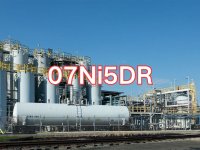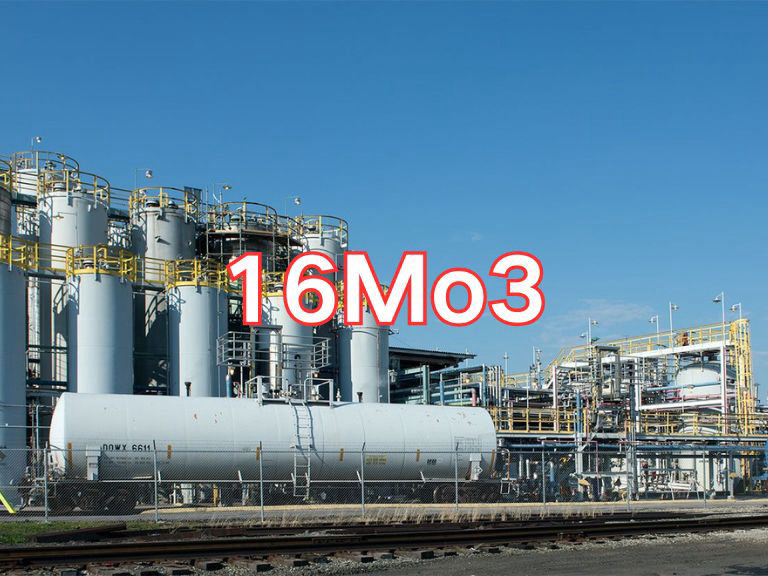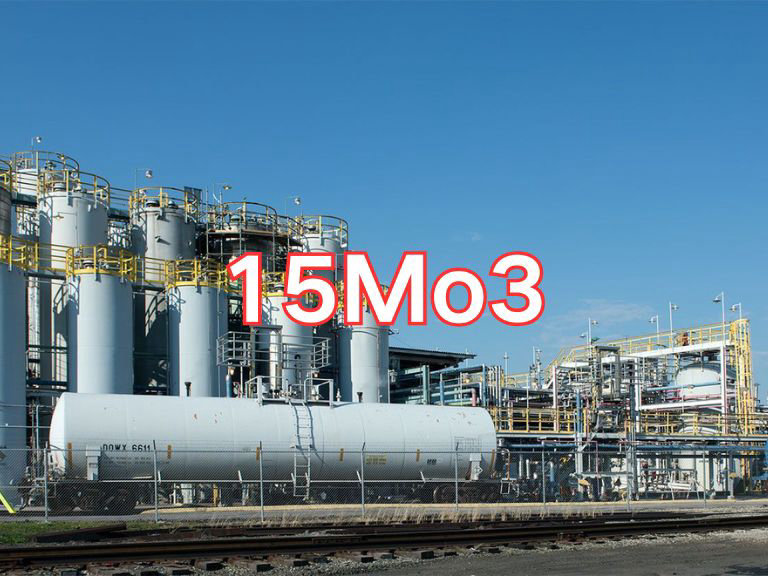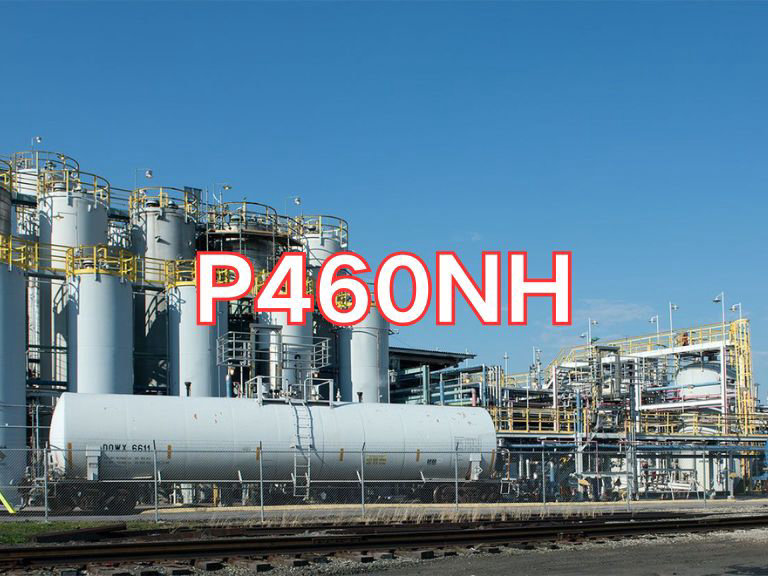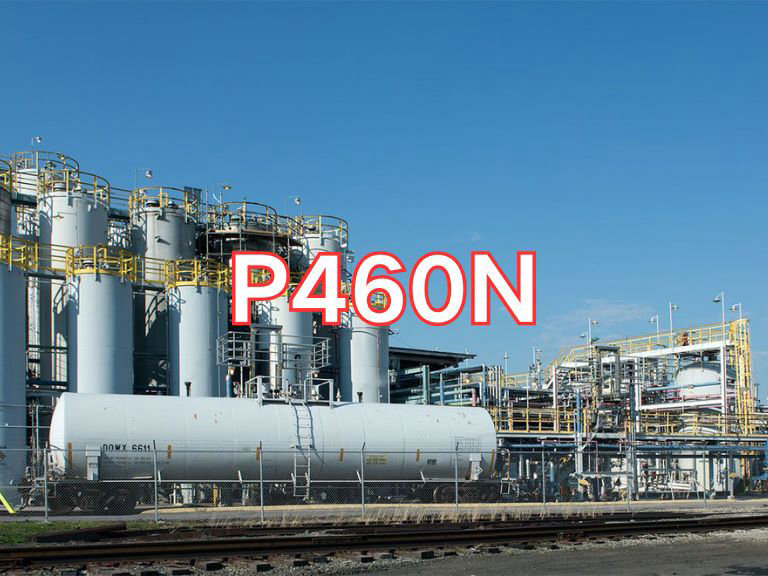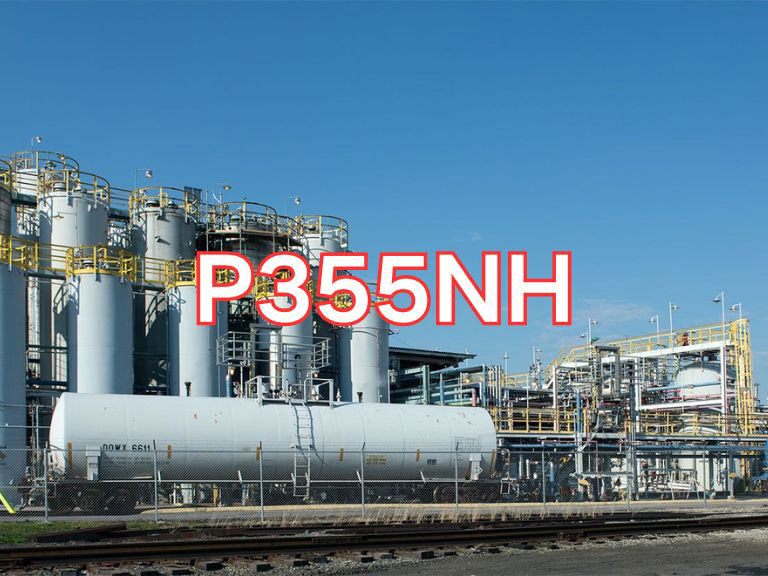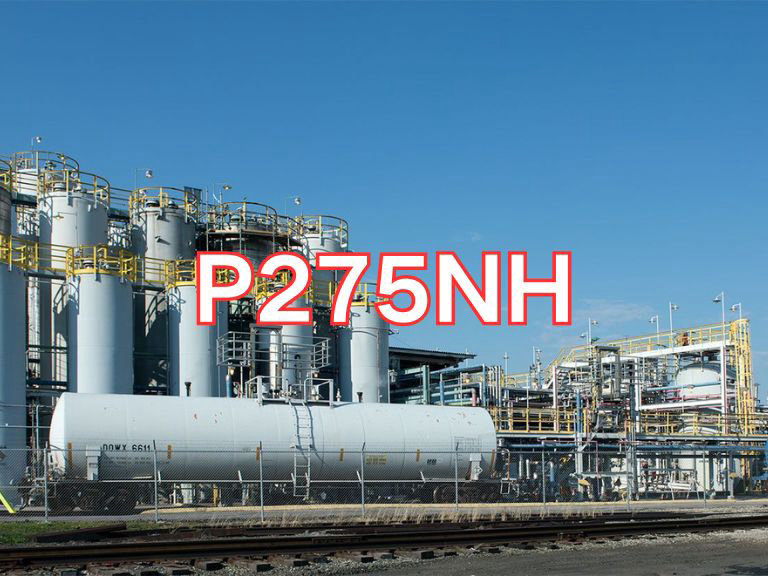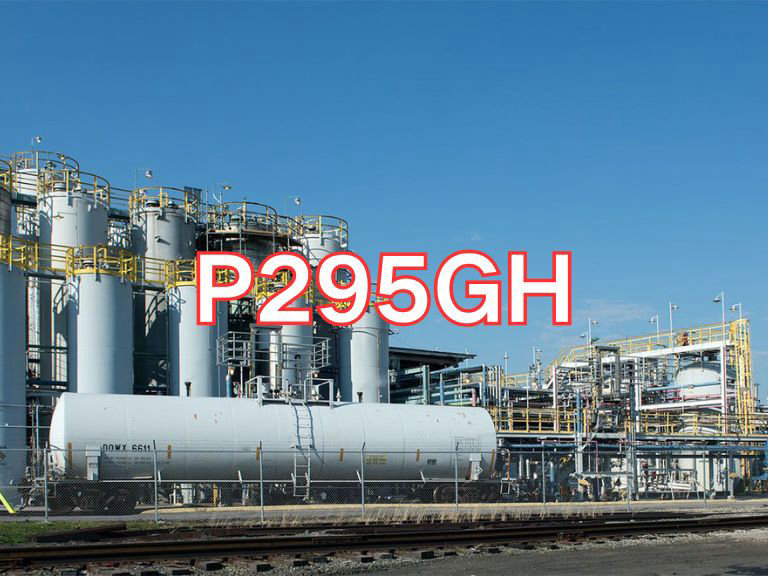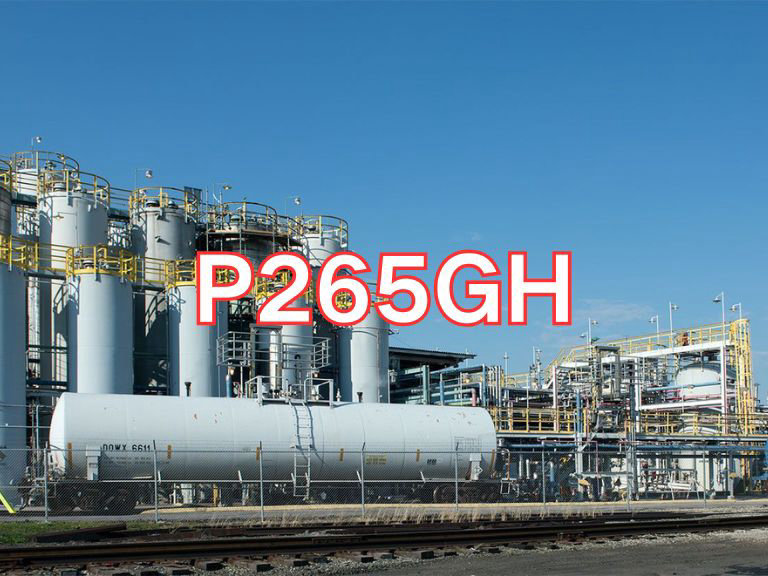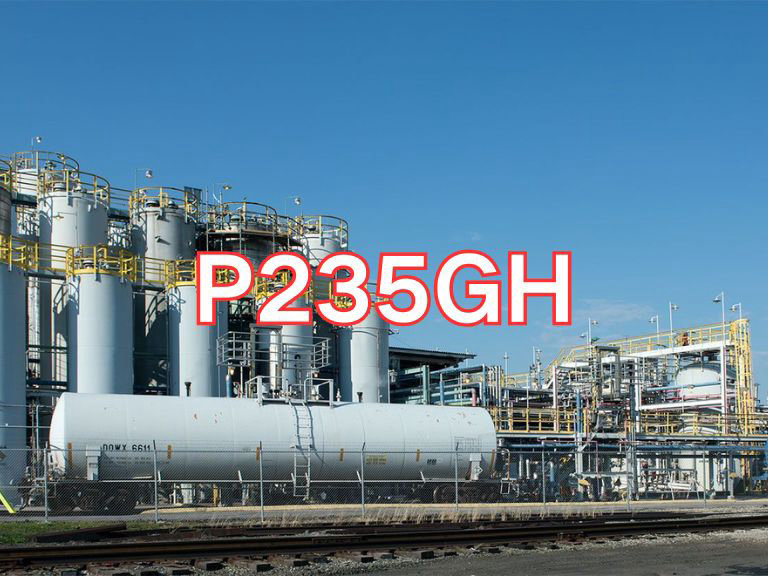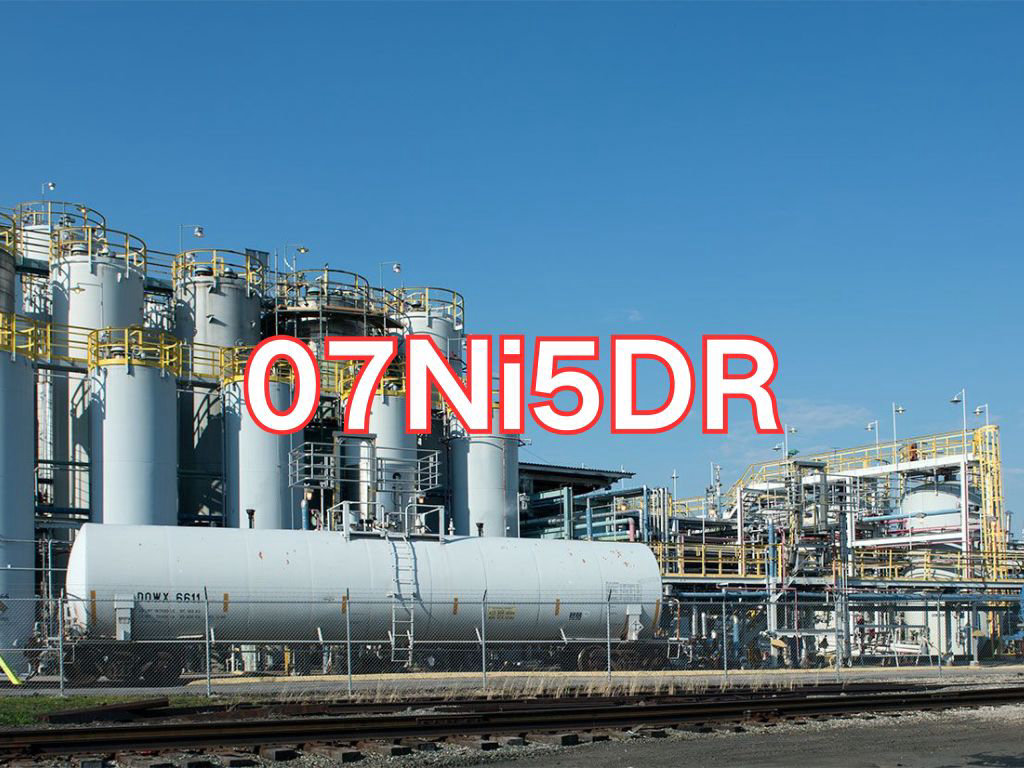

07Ni5DR
07Ni5DR is a high-performance alloy structural steel plate specifically designed for the manufacture of low-temperature pressure vessels. The designation carries clear technical meaning: "07" indicates an average carbon content of approximately 0.07%; "Ni5D" signifies a nickel (Ni) content of about 5%, with "D" standing for "low temperature" performance, indicating excellent low-temperature toughness; and "R" stands for "Rongqi" (vessel), denoting its use in pressure equipment. Therefore, 07Ni5DR refers to a 5% nickel-containing steel plate intended for low-temperature pressure vessel applications.
This steel plate is primarily used in the fabrication of large welded pressure vessels operating at temperatures as low as -100°C. Typical applications include inner tanks of liquefied natural gas (LNG) storage tanks, ultra-low-temperature air separation units, and equipment for ethylene storage and transportation. Under such extreme cryogenic conditions, ordinary carbon steels are prone to brittle fracture due to a sharp drop in toughness. In contrast, 07Ni5DR exhibits exceptional low-temperature toughness due to its high nickel content, effectively resisting embrittlement and ensuring the long-term safety and reliability of equipment.
Key characteristics of 07Ni5DR include outstanding low-temperature impact toughness (retaining high impact energy values even at -101°C), good weldability, moderate strength, and excellent cold-forming capability. The addition of nickel significantly lowers the ductile-to-brittle transition temperature, allowing the steel to maintain sufficient ductility and toughness reserves in deep cryogenic environments. Additionally, the material is typically supplied in a normalized or normalized-and-tempered condition, ensuring a uniform microstructure, stable mechanical properties, and improved resistance to hydrogen-induced cracking (HIC) and stress corrosion cracking.
The current national standard for 07Ni5DR steel plate is GB/T 3531-2023 "Steel Plates for Low-Temperature Pressure Vessels", which was released in 2023, replacing the previous GB/T 3531-2014 edition. This updated standard refines requirements for chemical composition, mechanical properties (especially impact toughness at -101°C), ultrasonic testing, and inspection rules, enhancing quality control and engineering applicability. In practical applications, compliance with GB/T 3531-2023 should be explicitly specified to ensure the material meets modern safety and performance requirements for cryogenic pressure vessels.

Ultrasonic Testing (UT)
A key non-destructive testing technique that uses high-frequency sound waves to detect internal flaws in steel plates. The probe emits sound waves, which reflect when encountering defects such as cracks or inclusions. The receiver captures the echoes, enabling precise determination of defect location and size. With high sensitivity, strong penetration, and fast inspection speed, UT effectively ensures internal quality, widely used in the production of heavy plates, pressure vessel plates, and other high-end products to guarantee safety and reliability.

Magnetic Particle Testing (MT)
A common surface inspection method that magnetizes the workpiece, causing leakage magnetic fields at surface or near-surface defects like cracks or inclusions, which attract magnetic particles to form visible indications. Simple to operate and highly sensitive, MT is suitable for rapid inspection of surface and near-surface flaws in ferromagnetic materials, widely used for online or offline inspection of plate edges, ends, and welds, ensuring product quality and safety.

Penetrant Testing (PT)
A non-destructive method for detecting surface-breaking flaws. A penetrant liquid is applied to the cleaned steel surface, allowing it to seep into defects such as cracks or pores. After removing excess penetrant, a developer is applied, causing the trapped penetrant to bleed out and form visible indications. Simple and cost-effective, PT is suitable for inspecting surface defects in various non-porous materials, commonly used for welds, castings, and complex components, effectively ensuring surface quality of steel plates.

